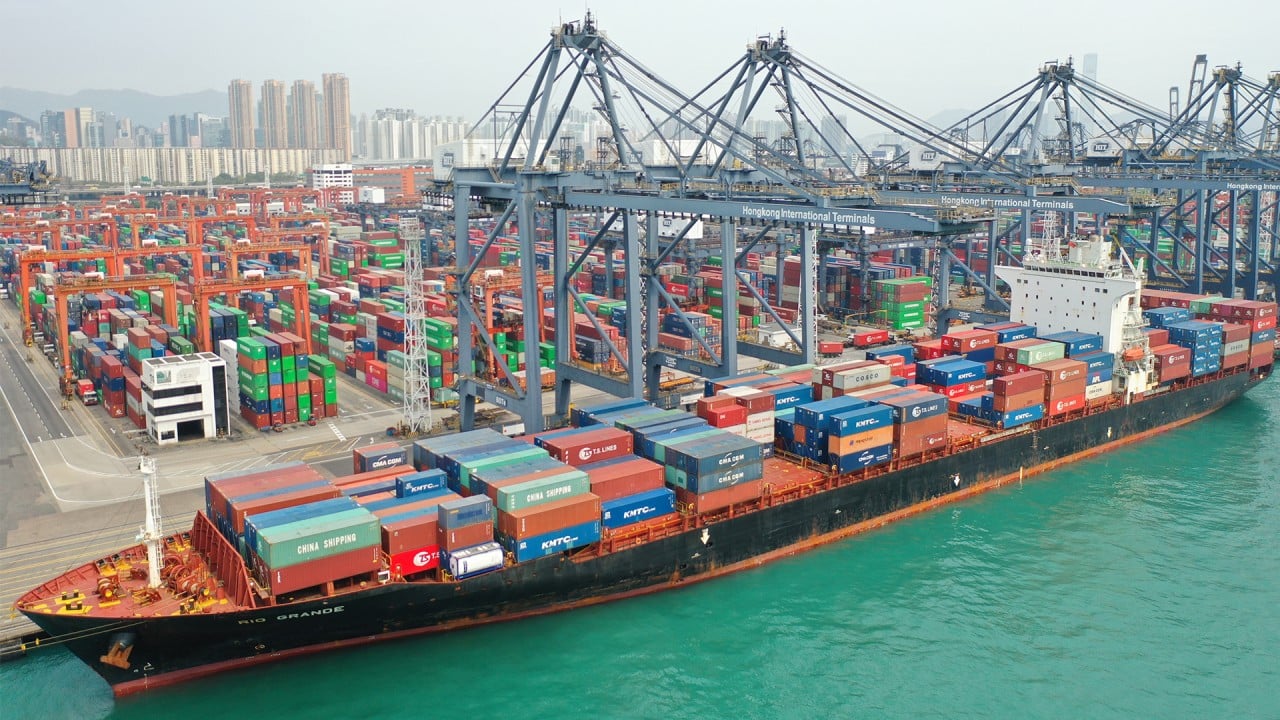
China’s imports of US coal, Canadian barley continue to climb amid ban on Australian exports
- US coal exports to China more than doubled between February and March, moving Beijing closer to meeting US-China trade deal obligations
- Canada has also gained from China-Australia trade tensions, with barley exports to China more than doubling during the current harvest season
China continued to buy large quantities of coal from the United States in March, moving it closer to meeting its obligations under the US-China trade deal and replacing Australian coal exports that were banned in October.
While only representing a fraction of Australia’s pre-ban coal exports to China, the US sold about 663,000 tonnes of coal in March, more than double its exports in February, the latest Chinese customs data showed.
American coal exports to China have reached similar levels before, although Chinese purchases have tended to be volatile over the past few years.
Despite its emissions reduction targets, China’s coal imports from the US are unlikely to subside quickly given it is aiming for economic growth of “above 6 per cent” this year.
While some climate observers said more ambitious measures were required, Chinese officials stressed the country’s targets were already onerous.
In terms of the barley blockage, we have found that due to strong global demand, barley has found new home
“China certainly hopes to abandon its overreliance on fossil fuels and to meet our 2030 goals, we must address the issue of our coal-fired plants,” said Su Wei, deputy Secretary-General of China’s state planning agency on Thursday last week.
Canada has been another beneficiary of China’s ban on Australian exports.
From the start of the crop year in August to February this year, Canadian barley exports to China from licensed grain processors rose to 2.2 million tonnes, more than doubling the previous harvest between August 2019 and July 2020, according to data from the Canadian Grain Commission.
Canadian barley exports to China hovered at about 1 million tonnes annually until they doubled in the current crop-year, which has not yet finished.
China is now the dominant importer of barley from licensed Canadian grain exporters.
At the same time, the value of Australia’s unmilled barley exports to China dropped slightly from about A$590 million (US$458 million) in 2019 to about A$500 million between January and November 2020, with December data not yet provided by the country’s statistics bureau. China imposed anti-dumping duties of 80.5 per cent on Australian barley last May.
But while China has substituted Australian barley with grains from Canada and other sources, Australia has also managed to find new buyers for its product, including Saudi Arabia, the second largest importer of barley for animal feed after China, and Mexico where it is used to make beer.
“In terms of the barley blockage, we have found that due to strong global demand, barley has found new homes. It has been a long time since Australia traded into Saudi Arabia, but now we are winning the lion’s share of the business,” said Andrew Whitelaw, commodity manager at consultancy Thomas Elder Markets.
Despite new markets in Saudi Arabia and Mexico, the Australian agriculture department expects barley exports to keep falling this year and next, due in part to declining domestic production.


